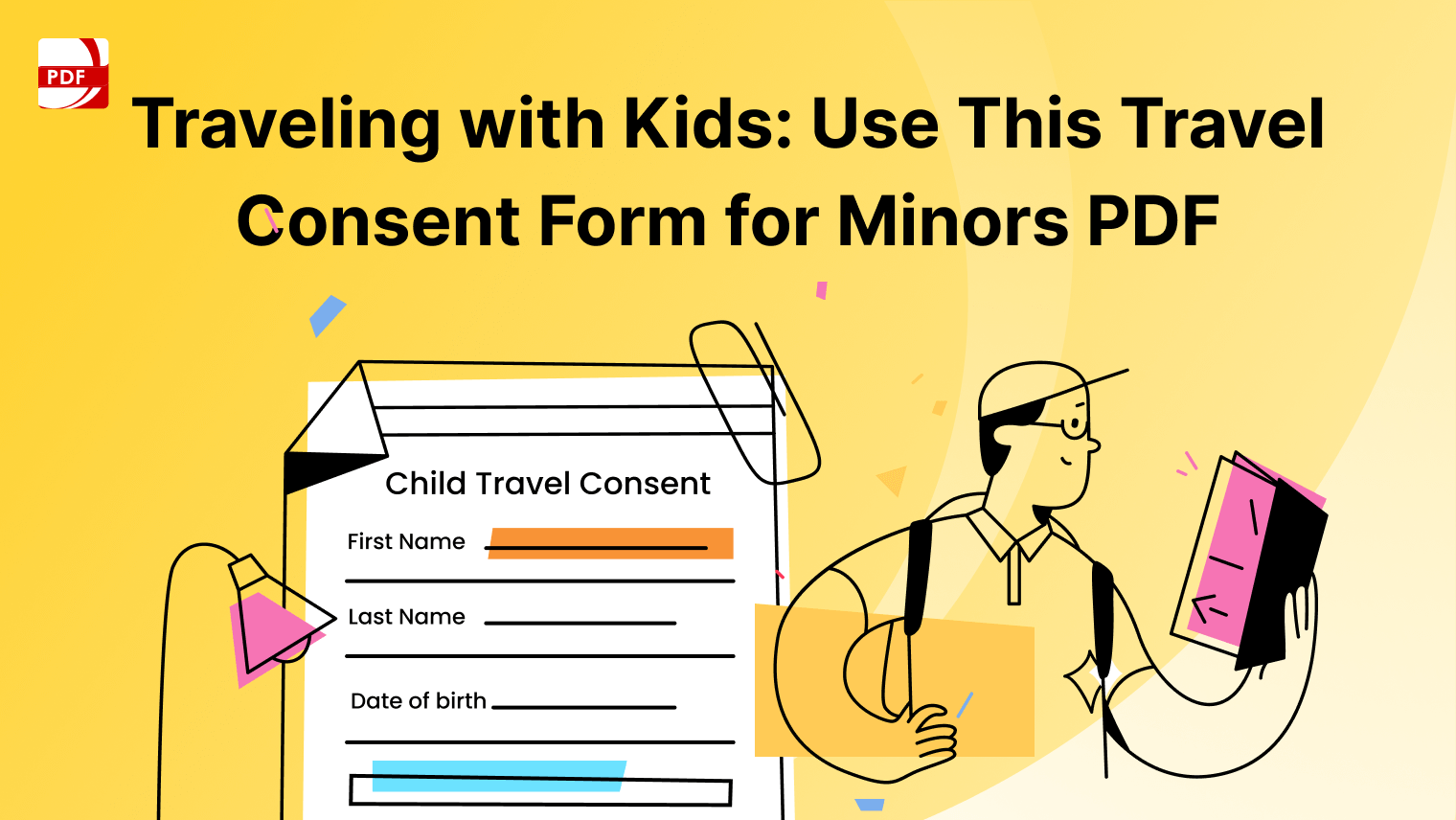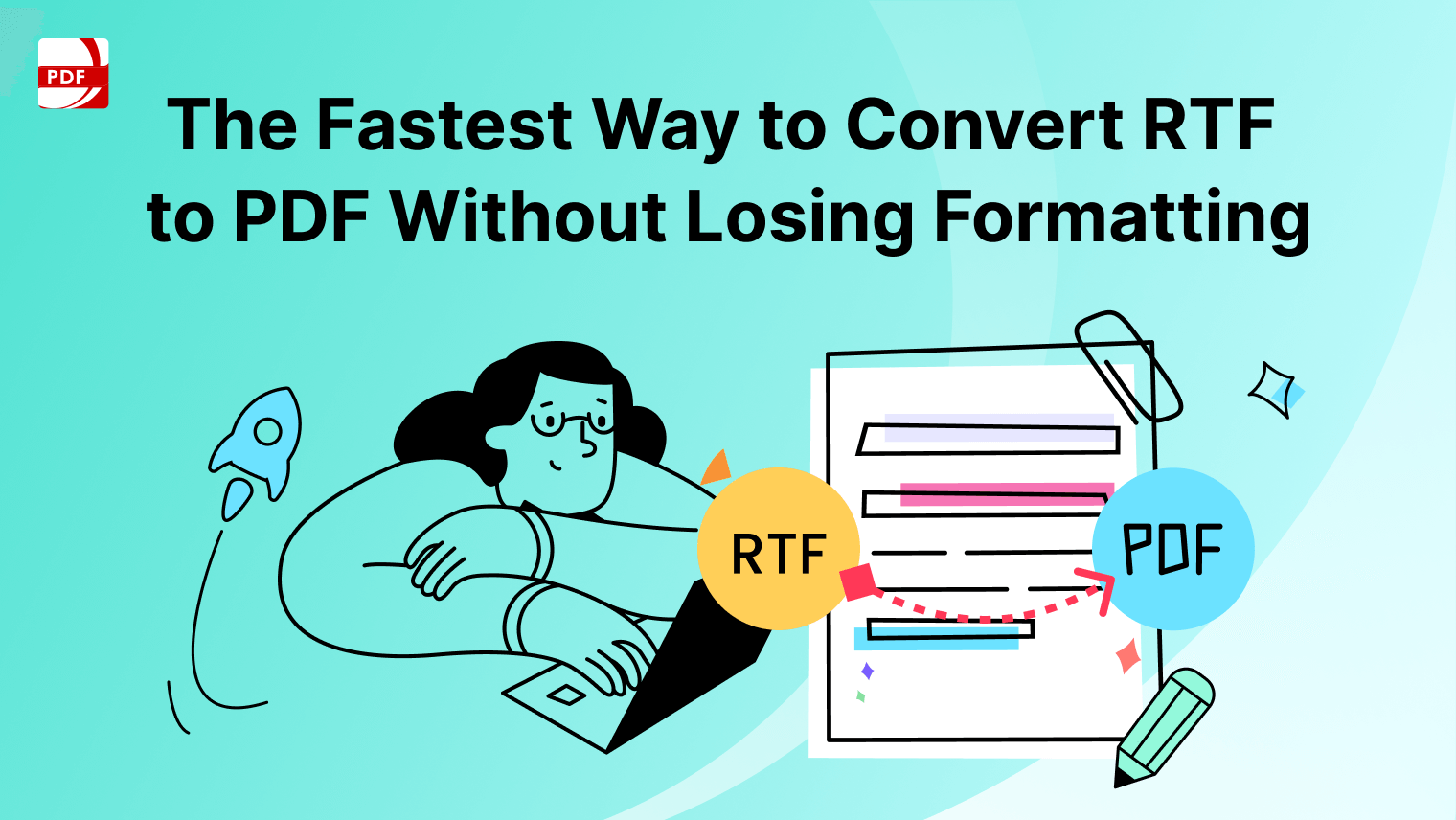Filling out a 1040 form can appear daunting, especially if you are not well-versed in tax preparation. However, with the right tools and guidance, the process can be simplified and stress-free. In this step-by-step guide, we will provide you with the necessary instructions on how to fill out your 1040 form accurately and efficiently. Plus, we recommend PDF Reader Pro, a robust software solution that can assist you throughout the entire tax preparation process.
Understanding the 1040 Form
The 1040 form is the standard individual income tax return form used by U.S. taxpayers to report their annual income to the Internal Revenue Service (IRS). It is important to understand whether you need to fill out this form, as it is typically used by taxpayers who have more complex tax situations, such as self-employed individuals, freelancers, or those who itemize deductions.
For example, imagine you are a freelancer who has multiple sources of income, including self-employment earnings, rental income, and investment gains. In this scenario, you would likely need to file a 1040 form as it allows you to report various types of income and claim deductions and credits.
In our step-by-step guide, we will break down the different sections of the 1040 form and explain their purposes. We will also highlight any important changes or updates to the form, ensuring that you are aware of any recent amendments.
Gathering Required Documentation
Before you start filling out the 1040 form, it is important to gather all the necessary documentation. This will help streamline the process and ensure you have accurate information at your fingertips.
Imagine you are a married individual with dependents, and you are eligible to claim certain credits, such as the Child Tax Credit or the Earned Income Credit. In this case, you would need to gather documents related to your income, such as W-2 forms, 1099 forms, or any other relevant income statements. Additionally, you would need to gather documents related to your dependents, like Social Security numbers and birth certificates.
Our guide will outline the essential documents you will need to prepare your 1040 form and provide tips on organizing and obtaining them. We will also clear up common misunderstandings about required documentation, ensuring that you are well-prepared to proceed with the tax preparation process.
You can also check our resume resource on How to Fill Out a Health Insurance Claim Form.

Step-by-Step Instructions for Filling Out the 1040 Form
- Personal Information: The first section of the 1040 form requires you to provide accurate personal information, including your name, Social Security number, and filing status. This section also allows you to indicate any changes in your personal information, such as a name change or address change.
Let's say you recently got married and changed your last name. It is crucial to properly update your personal information on the form. We will provide instructions on how to handle name changes, address changes, and filing status changes to ensure the accuracy of your tax return.
- Income: The income section of the 1040 form is where you report the various types of income you received throughout the tax year. This includes wages, salaries, self-employment income, rental income, interest, dividends, and any other sources of income.
To illustrate, let's consider a scenario where you are self-employed, have a part-time job, and also earn rental income from a property you own. In this case, you need to accurately report each type of income on the appropriate lines of the 1040 form. Our guide will provide instructions on how to report different types of income and highlight common income sources and their respective forms.
- Deductions: Deductions can significantly reduce your taxable income, resulting in lower tax liability. The deductions section of the 1040 form allows you to choose between claiming the standard deduction or itemizing your deductions.
For instance, imagine you have significant medical expenses that qualify for itemized deductions. In this case, it may be advantageous for you to itemize deductions rather than taking the standard deduction. Our guide will explain the difference between the standard deduction and itemized deductions, provide instructions on calculating and documenting deductions accurately, and help you determine which option is best for your situation.
- Credits and Payments: Tax credits can directly reduce the amount of tax you owe, while payments reflect any amounts you have already paid toward your tax liability. The credits and payments section of the 1040 form allows you to claim tax credits you are eligible for and report any payments you have made throughout the year.
Let's say you qualify for the Child Tax Credit and made estimated tax payments on your self-employment income. In this example, our guide will help you identify relevant tax credits and explain how to claim them correctly. Additionally, we will provide information on different payment options, such as estimated tax payments or withholding from your wages. We will guide you on how to report these payments accurately on your 1040 form.
- Signatures and Filing: The final step in completing the 1040 form is signing and filing it. It is vital to understand the signing requirements for both the taxpayer and, if applicable, their spouse. Additionally, choosing the appropriate filing method is crucial to ensure timely submission of your tax return.
For example, if you are filing a joint tax return with your spouse, both signatures are required. Our guide will provide clear instructions on the signing requirements and help you select the right filing method, whether it is filing electronically or by mail.
You can also check our recommendations for resources on what a 1040 form is and how to fill one out.
The Advantages of Using PDF Reader Pro
Tax preparation can be a complex and time-consuming process, but technology can significantly simplify it. PDF Reader Pro is a robust software solution that offers a range of features that can assist you throughout the entire tax preparation process.
Whether you need to fill out forms electronically, perform automatic calculations, or add digital signatures, PDF Reader Pro has you covered. Its form validation feature helps ensure accuracy and completeness, reducing the risk of errors on your tax return.
Imagine using PDF Reader Pro to automatically calculate your deductions, credits, and taxable income as you enter the necessary information. It saves you time and minimizes the risk of calculation errors, as you won't have to manually crunch numbers or worry about mathematical inaccuracies.

Additionally, PDF Reader Pro's signature functionality allows you to add digital signatures to your electronic tax return, ensuring a secure and legally binding submission.
You can also check our recommendations for resources on how to fill in a PHQ-9 printable form.
Where to Download PDF Reader Pro
To experience the convenience and efficiency provided by PDF Reader Pro, you can download it directly from the official website. Ensure that you obtain the software from a reliable source to guarantee its authenticity and prevent any security risks or malware.
Our guide will provide a trustworthy link to download PDF Reader Pro. We will also explain the installation process and system requirements, ensuring that you have a seamless experience when utilizing this powerful software for your tax preparation needs.
Conclusion
By following this comprehensive guide and utilizing PDF Reader Pro, you can confidently navigate the process of filling out a 1040 form. Download PDF Reader Pro today and simplify your tax preparation experience. Streamline your form-filling process, minimize errors, and ensure a secure submission of your tax return. With PDF Reader Pro, tax preparation becomes less daunting, providing you with the tools and functionality you need to successfully complete your 1040 form.












 Free Download
Free Download  Free Download
Free Download 





 Support Chat
Support Chat